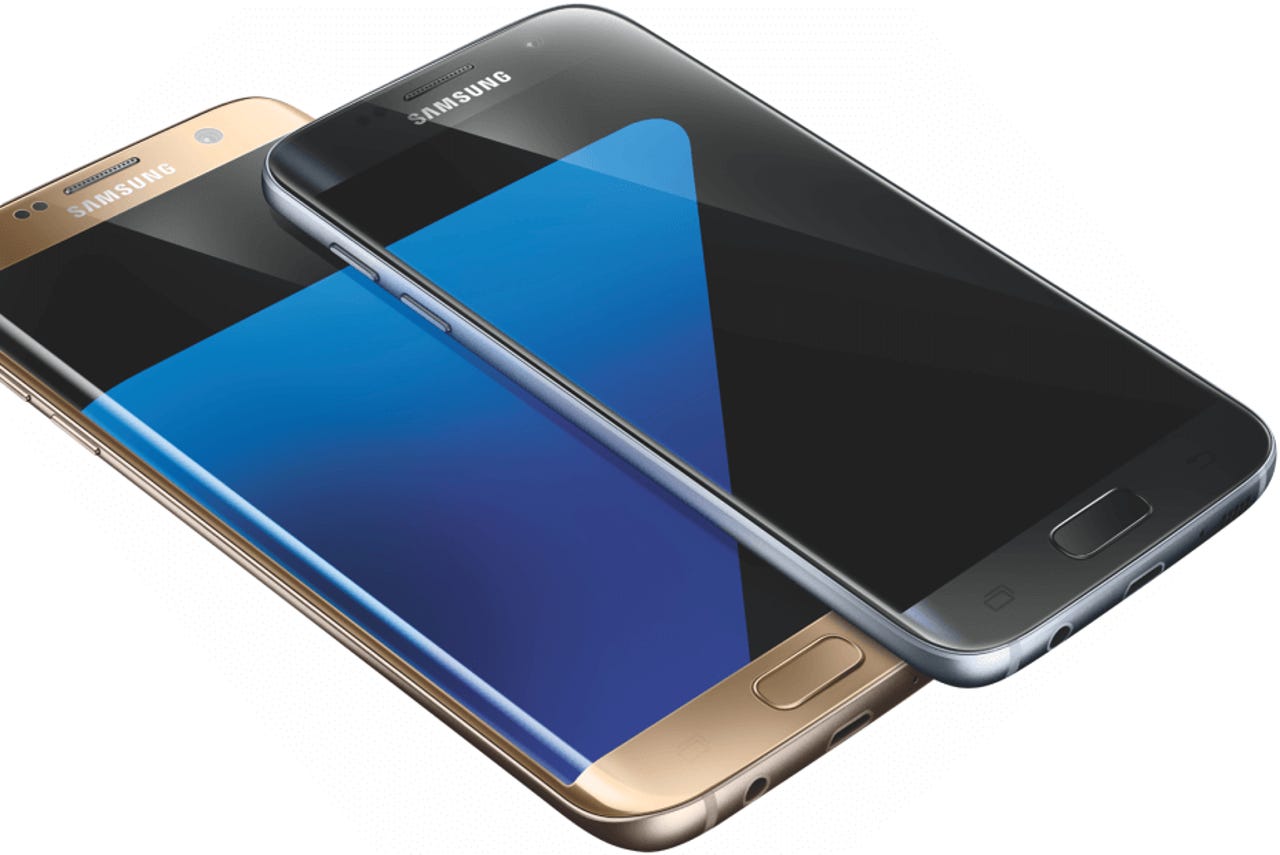MWC: The best and worst of the past five years

2017: LG G6
As we look back over the last five years of MWC, we see some winners and some losers. Samsung tended to have winners most of the time, while LG and HTC had a few difficult projects.
The LG G6 was announced last year and was the first of the 2017 phones to maximize the display and blow away the screen-to-body ratio. It was a fantastic phone, but didn't get much respect when Samsung followed up soon after with the Galaxy S8 and S8 Plus.
MWC 2022
2017: BlackBerry KEYone
The BlackBerry KEYone was the second BlackBerry device with a physical keyboard running Android, but in a more traditional always present configuration.
It has a battery that lasts for days and remains a solid smartphone today.
MWC 2022

2016: Samsung Galaxy S7 and S7 Edge
The Samsung Galaxy S7 and S7 Edge improved upon the S6 models and were stellar phones. The design was similar to the radical Galaxy S6 with refinements made to appeal to the masses.
MWC 2022
2016: LG G5
Our first flop in the gallery comes to us from LG. The G5 was LG's attempt to release a modular smartphone, but there were only two "modules" and the trade-offs incorporated to make it modular ended up making the LG G5 one to forget.
There were some great features in the phone, but the construction was rather poor and we never saw any further development of modules to use with it.
MWC 2022
2016: CAT S60
We have seen CAT rugged phones for a few years, but the CAT S60 ended up being the most successful model yet.
It brought thermal imaging technology to the mainstream and companies found ways to use FLIR and share those experiences with others.
MWC 2022
2015: HTC One M9
The HTC One M9 had a cool design and was a solid performer, but HTC went away from innovation in cameras and put in a standard off-the-shelf camera that ended up way behind other phones in 2015.
MWC 2022
2015: HTC Grip
HTC partnered with Under Armour and showed off a wearable that looked great in person. It turns out that the HTC Grip product was cancelled before release, making this a failure of MWC 2015.
2015 was not HTC's year to be showing things off at MWC.
MWC 2022
2015: Samsung Galaxy S6
The Samsung Galaxy S6 rocked the mobile world as Samsung introduced a rather radical design for its Galaxy product. Batteries were no longer removable, there were curved glass edges, and glass front and back panels were employed.
The S6 also had an awesome camera and was one of the best devices of 2015.
MWC 2022
2015: LT Watch Urbane LTE
It seems there were quite a few failures shown at MWC 2015. LG showed off an Android Wear smartwatch with integrated LTE.
However, shortly after reviewers started testing them and writing up articles, problems were found and the watch was cancelled and never released.
MWC 2022
2014: Nokia Android X
Microsoft bought Nokia and released Windows Phone handsets under the Lumia brand.
In 2014, Microsoft tried its hand at Android phones branded as Nokia Android X and they ended up being terrible platforms to show off Microsoft software.
MWC 2022
2014: Samsung Gear 2 and Gear 2 Neo
Samsung has been into wearables for years, but the Gear 2 and Gear 2 Neo were early models that had a ton of features and worked quite well.
Samsung has some of the best wearables today, in large part due to some lessons learned through releasing products like these.
MWC 2022
2013: HTC One M7
The best smartphone HTC ever made, IMHO, was released in 2013 as the HTC One. It later had the M7 attached to the name as HTC continued to confuse things by making more HTC One devices.
It was an aluminum unibody device that had it all and was one of the best wins HTC has had at MWC.
MWC 2022
2013: Samsung Galaxy Note 8 tablet
While the latest Galaxy Note device is known as the Samsung Galaxy Note 8, this name was already used for a Samsung product way back in 2013.
The Samsung Galaxy Note 8.0 tablet was, and even still remains, one of the best Android tablets available with support for the S Pen and a solid media experience.